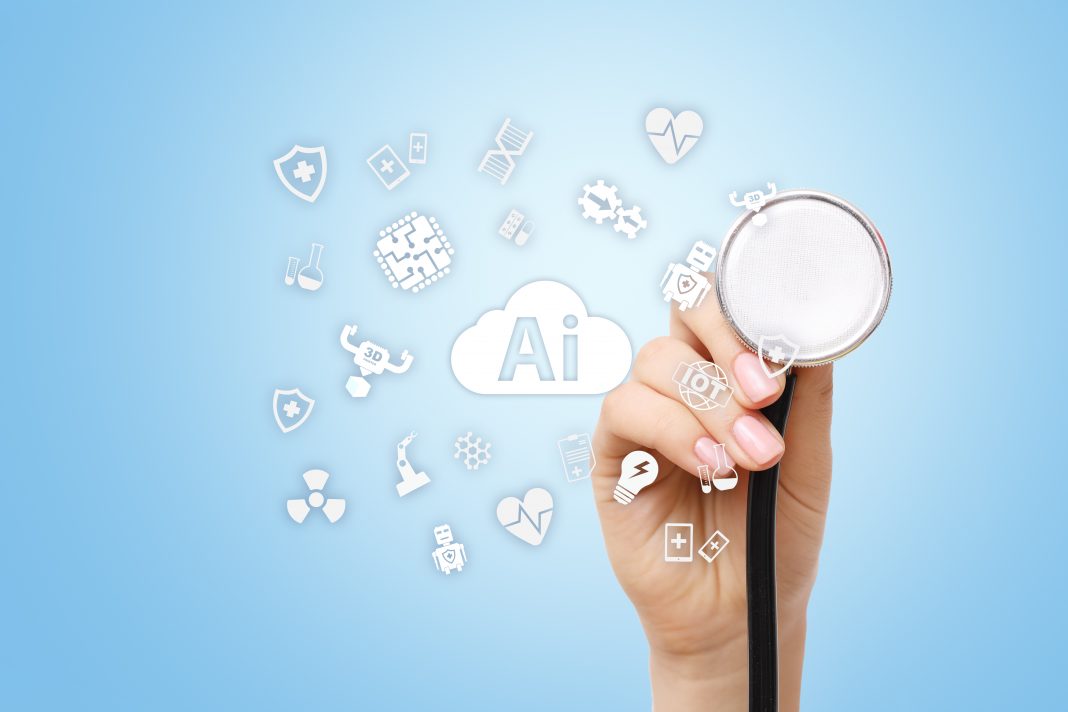Here, Gerry Morrow discusses whether we will ever see AI fully replicate autonomous decision making and what the future role of AI in diagnostic medicine is
Health care is a complex adaptive system(1). Clinical diagnosis is one aspect of this system and is an additional layer of sophistication, as it relies on complex interactions between clinician and patient. Making a diagnosis is often a ‘process’ rather than an ‘event’. It involves aspects of deductive reasoning, hypothesis testing, intuitive thought and pattern recognition; in addition to re-testing on the basis of new information provided by patient responses, physical examination, laboratory results and radiographic imaging (2,3,4).
Pre-hospital care, primary care and care delivered in emergency departments involves the fullest possible range of clinical diagnostic acumen, as these settings provide advice and treatment on completely undifferentiated patients. That is, patients with no diagnostic pre-filter. People who ring 999 or turn up at a GP practice or Accident and Emergency with no predesignated diagnostic label pointing their first contact care clinicians to a specific diagnosis or narrowed range of options.
Edging towards a clear diagnosis in these undifferentiated patient populations is often therefore very challenging particularly where an ageing demographic (often with a range of co-morbidities) present to the clinician.
Faced with these difficulties it is unsurprising that science and the lay community look to computing advances for assistance. The dawn of precision medicine, pharmacogenomics, and especially artificial intelligence (AI) seem to offer new tools for the struggling clinician in first contact care. Indeed, early reports seemed to suggest that we could one day dispense with the primary care clinician and instead rely on super-specialists to deliver ‘cures’ once the AI engine had made a definitive and accurate diagnosis.
AI can be defined as technologies which can perform specific tasks quicker or better than humans. A subdivision of AI is the concept of machine learning (ML). Which is the application of algorithms to recognise complex relationships or patterns from empirical data, in order to make accurate decisions.
Using ML, a computer is provided large amounts of data and a set of algorithms in order to perform a task. The data then reinforces correct answers, so that continued education of the machine occurs with no additional programming.
Current AI applications are usually to be found in defined diagnostic groups to direct therapeutic advantage, for example refining the assessment of changes in diabetic retinopathy over time or machine learning enhancing the diagnostic accuracy of potential breast carcinomas on mammography. These are focussed and specific to predefined patients with a clearer and more linear diagnostic question in place. Such as ‘has this person got breast cancer?’ Yes or no. Has this person’s diabetic retinopathy worsened since the last image was taken? Yes or no.
These areas of medicine are clearly important, and this use of AI could have a definitive and positive impact on these patient groups. However, even within these narrow areas of clinical activity issues of rare disease prevalence creates a significant boundary for AI (5). Other issues of reliability and the potential hidden nature of the decision made by the machine, so-called ‘black box decision-making’ have raised concerns more widely about the applicability of AI in medicine.
Beyond these concerns, it is also a very long way from a patient with back pain, headache or fatigue presenting to an AI machine and then being given a definitive diagnosis based on their clinical history alone. This is categorically the case now, but what can we expect from AI in the future?
Arthur C Clarke advises that ‘when a distinguished scientist says that something is possible, he is almost certainly right. When he says that something is impossible, he is very probably wrong.’
This implies that it would be foolish to deny that developments in AI will push medicine forwards in machine learning and associated tasks (6). However, will we ever see AI which fully replicates autonomous decision making and diagnostics in an undifferentiated patient population? I think it unlikely. We should instead look forward to an augmented AI approach, where it used as a tool by clinicians across medicine. Employed judiciously in this way AI should improve diagnosis, enhance effective therapies and ultimately improve outcomes for patients. We should not, however, expect GPs, paramedics or emergency care clinicians to be replaced anytime soon, if ever.
References
- Complex Adaptive Systems Health Foundation 2010 https://www.health.org.uk/sites/default/files/ComplexAdaptiveSystems.pdf
- Schuttner L, The American Journal of Medicine April 2019 Volume 132, Issue 4, Pages 404–406 Team-Based Primary Care for the Multimorbid Patient: Matching Complexity With Complexity DOI: https://doi.org/10.1016/j.amjmed.2018.09.029
- Kocaballi, AB, et al A network model of activities in primary care consultations, Journal of the American Medical Informatics Association, , ocz046, https://doi.org/10.1093/jamia/ocz046
- Clemens S. et al Evaluating a Model to Predict Primary Care Physician-Defined Complexity in a Large Academic Primary Care Practice-Based Research Network Journal of General Internal Medicine December 2015, Volume 30, Issue 12, pp 1741–1747 https://link.springer.com/article/10.1007/s11606-015-3357-8
- Seong H.P, Kyunghwa H. Methodologic Guide for Evaluating Clinical Performance and Effect of Artificial Intelligence Technology for Medical Diagnosis and Prediction Radiology Vol. 286, No. 3 Jan 8 2018https://doi.org/10.1148/radiol.2017171920 https://pubs.rsna.org/doi/full/10.1148/radiol.2017171920
- Levesque H.J Common Sense, The Turing Test and the quest for real AI The MIT Press 2018.











